Big Walnut Bird Club
Carl Huffman, an active member of the Big Walnut Bird Club, organizes, and oftentimes leads, a bird-watching walk every Friday, year-round. Throughout 2022, he saw 209 different species in the county, and he has more than 1,000 birds on his life list – a list of all the species a person sees over their lifetime. Birders describe adding a new species to their list as seeing a new ‘lifer.’
The website “eBird” has lists of birds in parks around Putnam County. The eBird app is what Carl uses to report findings to the Cornell Lab of Ornithology, whose mission is to interpret and conserve the earth’s biological diversity through research, education and citizen-science focused on birds. Anyone can download this app and become involved.
Carl says “the challenge of looking for beautiful and difficult-to-see birds” is his favorite part about bird-watching. “Hearing birds is crucial,” he says. “If you hear it, you know it’s there, and it encourages you to begin looking for it. The songs are beautiful.” He recommends Larkwire, a game-based learning app that teaches people interested in birding what to listen for to identify certain types of birds.
A lot of Carl’s time is spent in the DePauw Nature Park, a 520-acre retired limestone quarry on the west edge of the DePauw campus. It has a variety of habitats, making it appealing to bird-watchers. Carl says it’s also particularly appealing to the Prairie Warbler, because the habitat attracts them. These warblers like to eat the insects on and around cedar and other trees.
Participants in the club’s bird-walks aren’t obligated to join the Big Walnut Bird Club, but it does have an active annual schedule. Members take field trips to other areas around central Indiana. Every December, the club participates in the Christmas Bird Count sponsored by the Audubon Society.
Of bird-watching, Carl says, “If you enjoy being outside in nature, and if you like to see beautiful creatures, this is for you. You’re only going to see these birds if you look for them.” He was initially surprised at the great variety of birds around him as he discovered them for himself. The challenge of finding the birds, the opportunity to contribute to science by recording what is seen, along with the beauty of the birds, are just a few reasons why Carl encourages people to join the club on its walks.
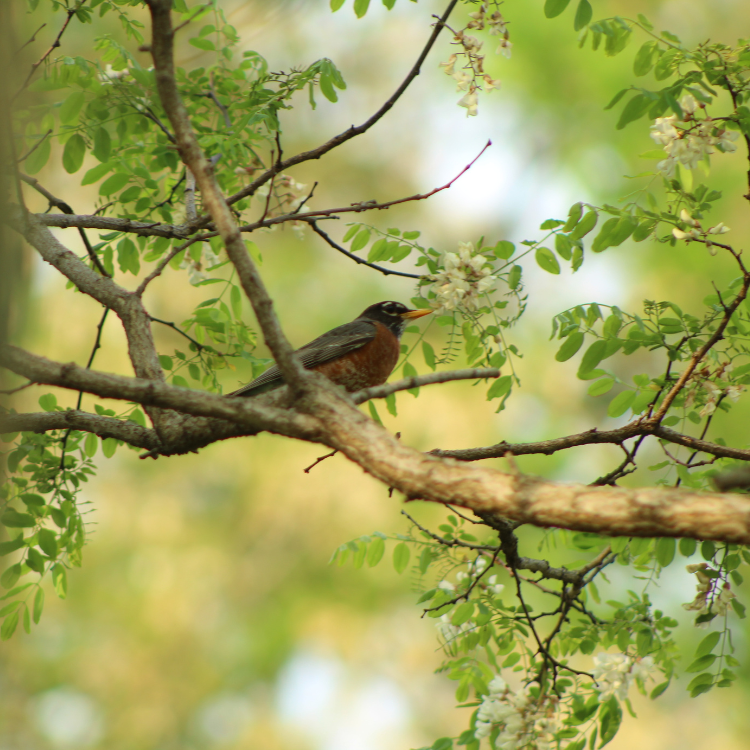
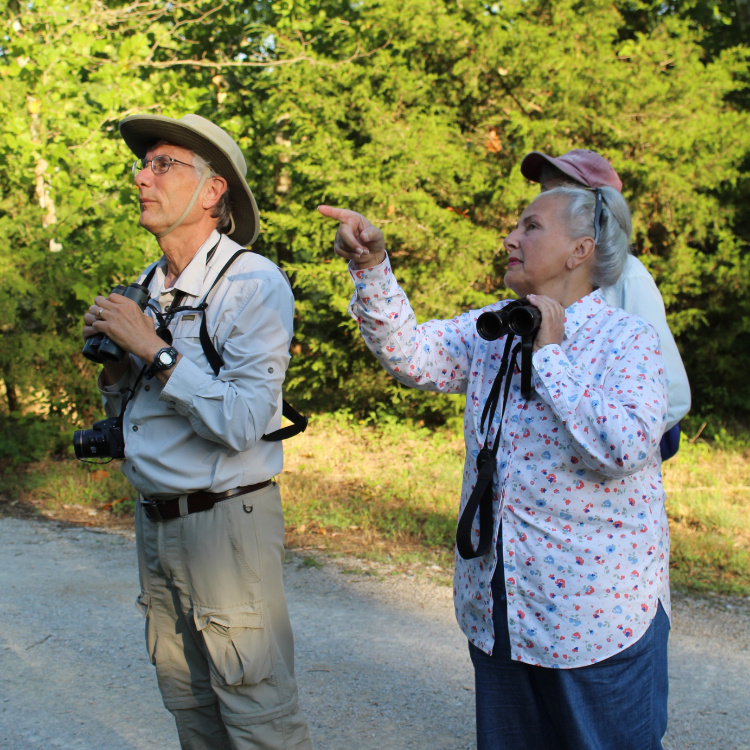
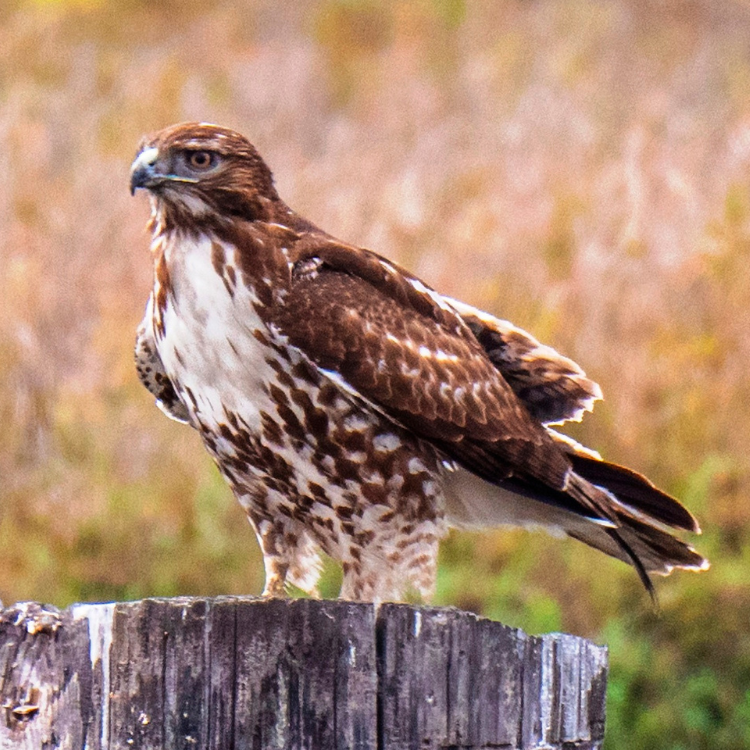
Christmas Bird Count
It happens every year in December, and people around the world look forward to it, gathering on one specific day to enjoy time with family and friends to…wait for it…count birds. Putnam County’s Big Walnut Bird Club hosted the 2024 Audubon Christmas Bird Count on Sat, Dec 14, joining more than 70,000 volunteers in 2,400+ locations in the U.S., Canada and many countries in the Western Hemisphere, where data vital for conservationists are collected in one 24-hour period.
Locally, 13 “birders” met before dawn. The day’s temperatures varied from 28 to 45 degrees. For most of the day, winds were 10 mph from the West. It was mostly clear, becoming overcast by noon. Small ponds were partially to totally frozen. There was no snow cover.
The volunteers paired off to follow specific routes through a 15-mile-diameter circle, counting every bird seen or heard all day. The Count is not just a species tally—all birds are counted all day for an indication of the total number of birds in the circle at that time.
Carl Huffman is the “Compiler,” or leader, of the Putnam County Christmas Bird Count, and the 15-mile circle is centered close to Brick Chapel. It includes Bainbridge, Fillmore, Greencastle, Glenn Flint Lake, Heritage Lake, and the DePauw Nature Park. The circle is divided into five areas, with at least two volunteers participating in the count in each area. Some also set out on foot to count birds in the DePauw Nature Park and along People Pathways and the Putnam Nature Trail.
The data gathered informs the Audubon Society’s strategies to protect birds and their habitat, and it helps identify environmental issues with implications for people as well. So, what did the local birders find?
- Sixty-nine species on Count Day and four more during the count week – three days before and after. Species included the Common Loon, Great Horned Owl, Cedar Waxwing, and Eastern Towhee; and this Count Day total was Putnam County’s second-highest ever, trailing only the 75 species in 2022.
- The number of individual birds totaled 6,329, also the second-highest total ever, trailing only the 6,673 counted in 2020. The highest species numbers were: Starling (3,611), American Coot (650), Dark-eyed Junco (287), American Crow (210), House Sparrow (189), Mourning Dove (149), Northern Cardinal (139), Canada Goose (126), and American Robin (97).
- Two species had never been reported on the Count before, a Merlin and two Common Mergansers. Notable absences were Red-winged Blackbird, Brown-headed Cowbird, Killdeer, Hermit Thrush, Winter Wren, Canvasback, Field Sparrow, Swamp Sparrow, Red-breasted Nuthatch, Pine Siskin, and any Goose except for a Canada.
Prior to the turn of the 20th century, hunters engaged in a holiday tradition known as the Christmas “Side Hunt.” They would choose sides and go afield with their guns, and whoever returned with the biggest pile of feathered (and furred) quarry won.
Because conservation was in its infancy, and many observers and scientists were becoming concerned about declining bird populations, Frank Chapman and 26 other conservationists launched the Audubon Christmas Bird Count to promote conservation by counting, rather than hunting, birds on Christmas Day in 1900. Some counts have continued every year since, and the CBC, the longest-running wildlife census in the world, now happens in more than 20 countries in the Western Hemisphere!
Each November, people interested in participating can sign up and join. From Dec 14 through Jan 5, tens of thousands of volunteers throughout the Americas rise before dawn to take part. Audubon and other organizations use data collected in this long-running wildlife census to assess the health of bird populations, and to help guide conservation action.
Like in Putnam County, every individual count takes place in a 15-mile-wide circle and is led by a “Compiler” responsible for organizing volunteers and submitting observations to Audubon. There are 47 CBC circles in Indiana, where participants tally all birds to provide a clear idea of the health of that particular population.
The event is fun for the entire family, and all are welcome. Birders of all skill sets are involved, and beginners are paired with experts to make the Count more enjoyable and educational. Homebound residents who live within the boundaries of the CBC circle can stay at home and report the birds that visit their feeder on Count Day as long as they make prior arrangement with the Compiler.
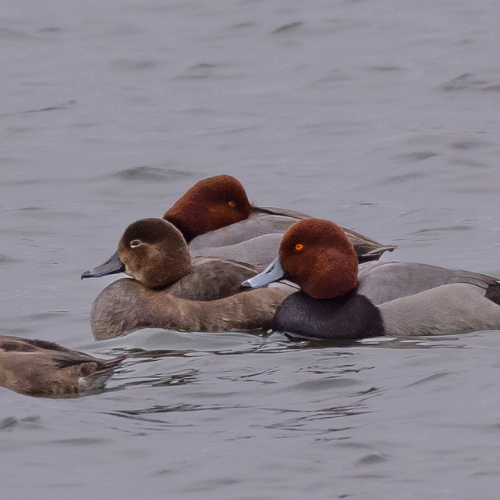
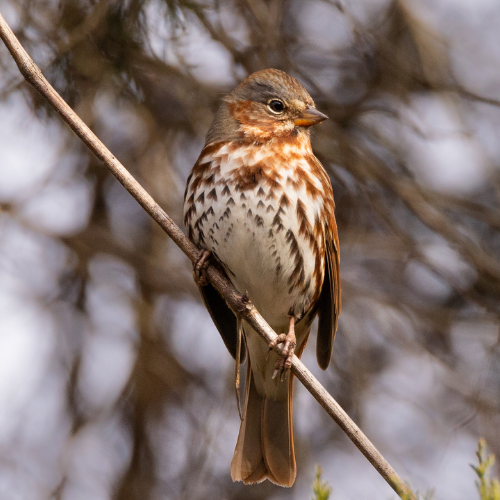
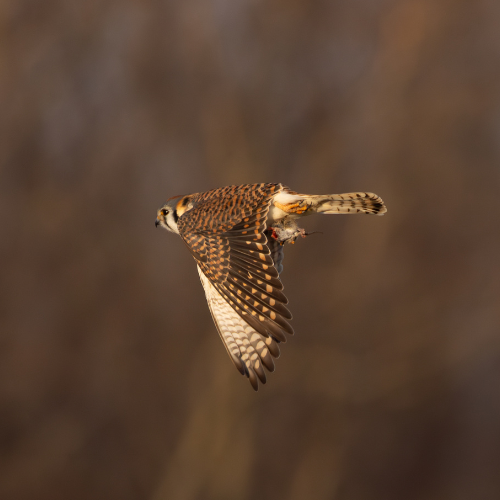
If you are interested in joining the Big Walnut Bird Club, would like to participate in their monthly birding sessions, or have any particular questions, please contact Putnam Parks & Pathways at: [email protected]